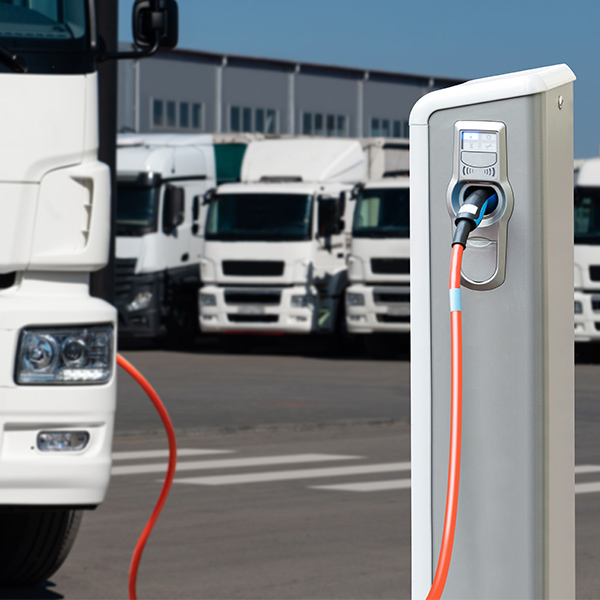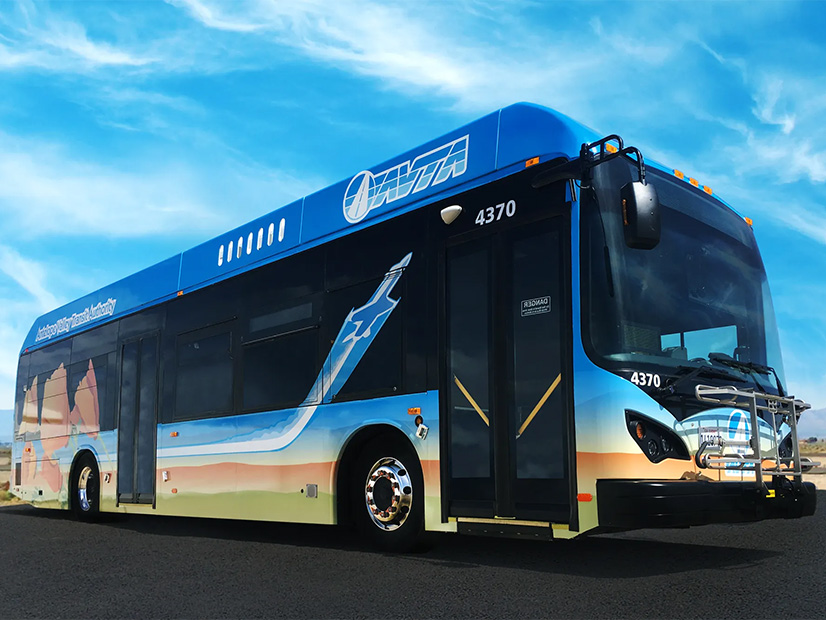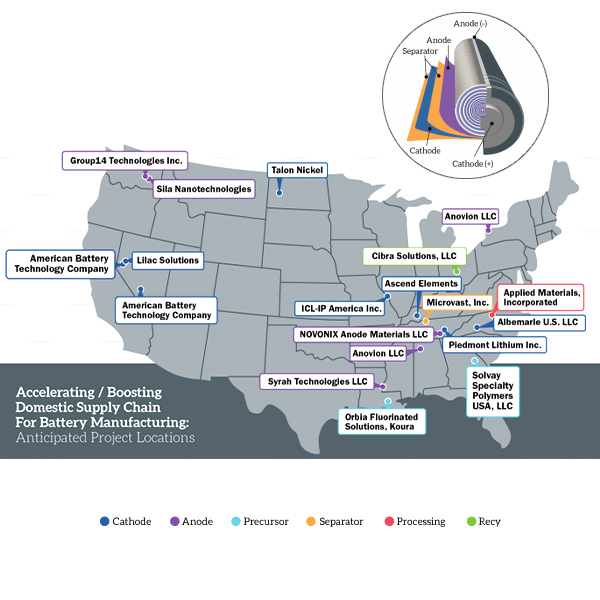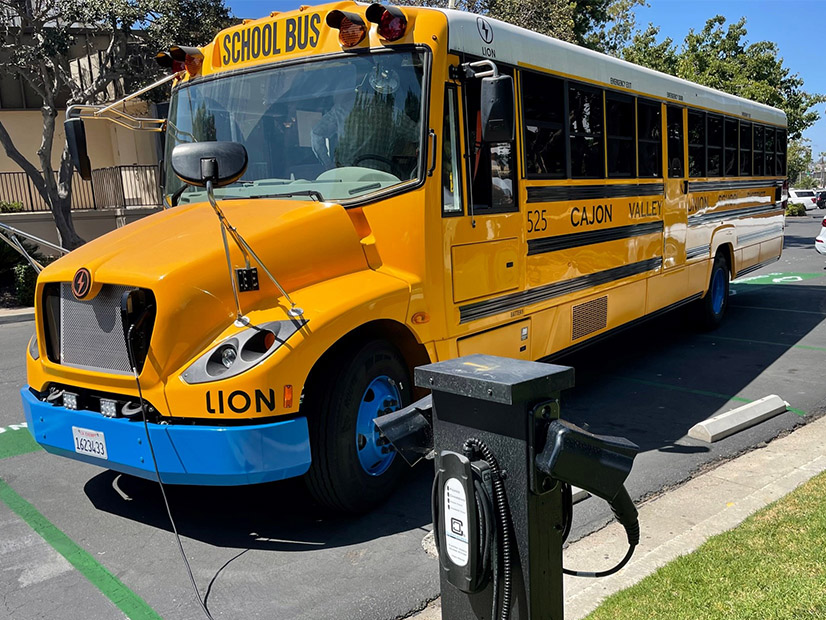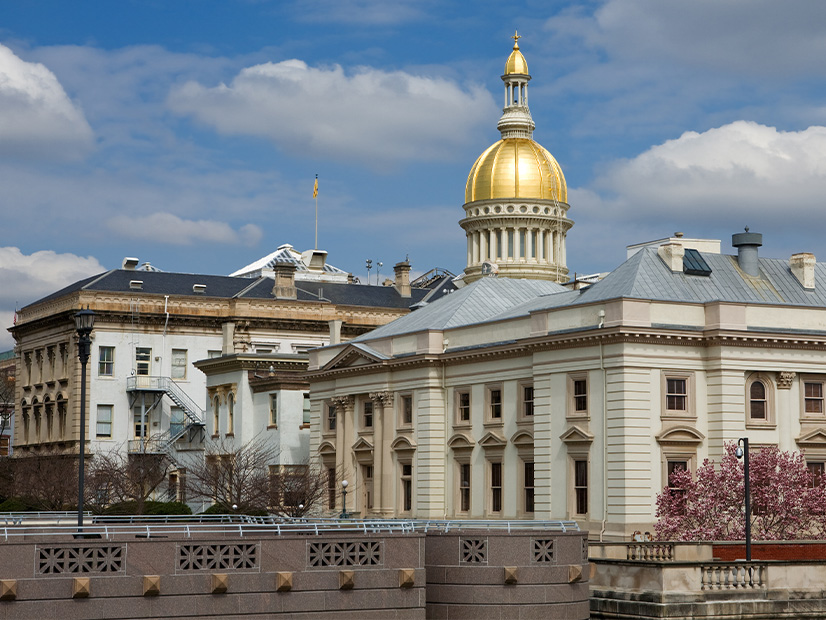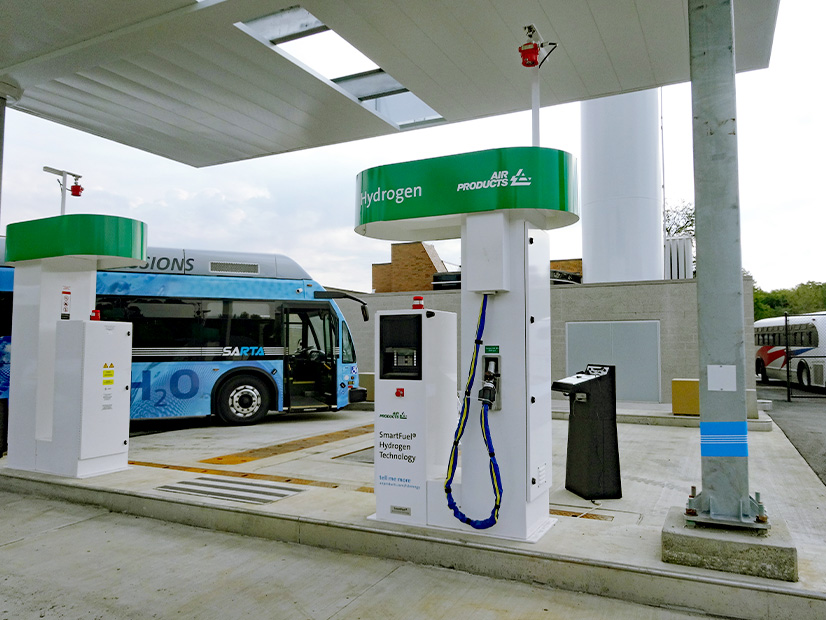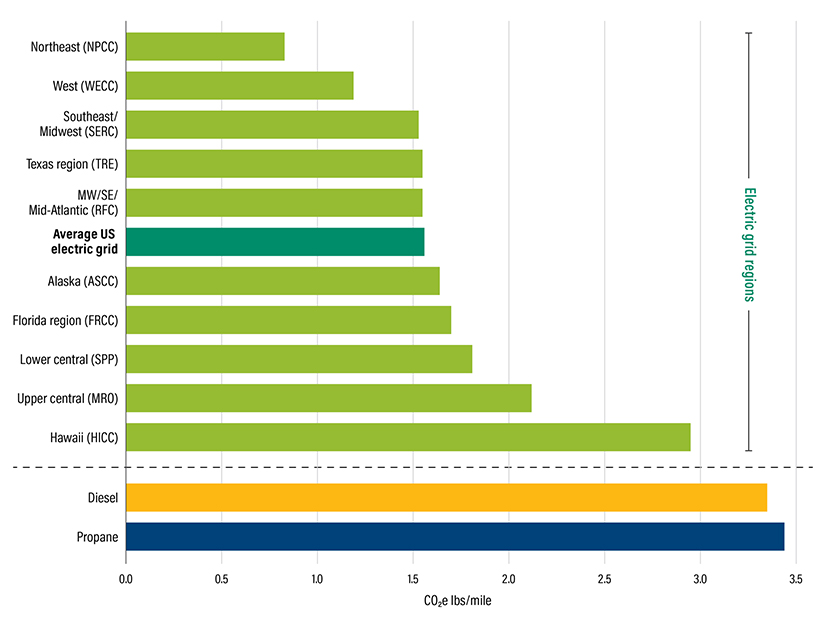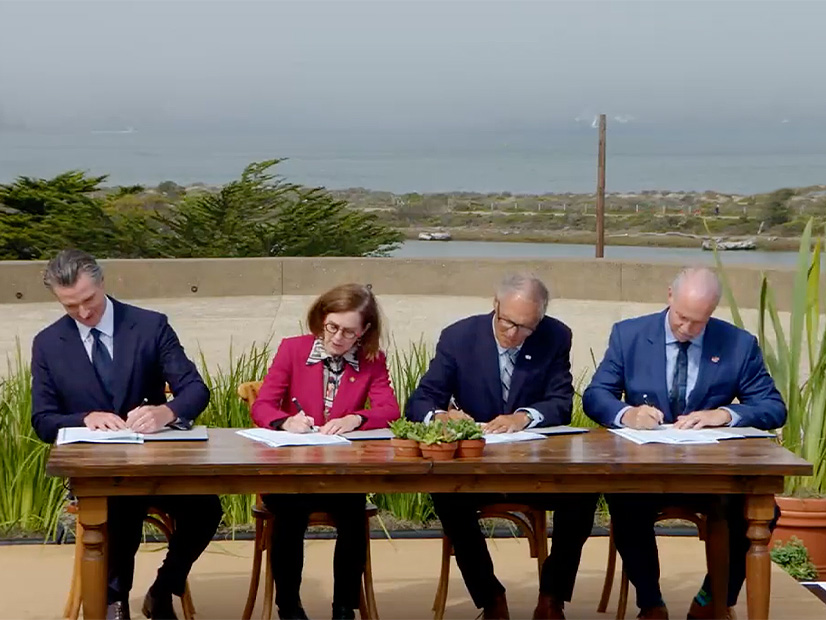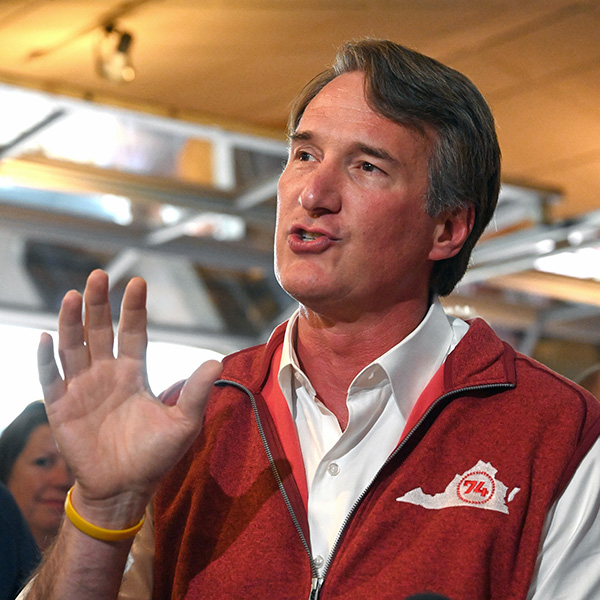Transportation Decarbonization
Airplane DecarbonizationEV chargersHeavy-duty vehiclesBattery Electric Buses (BEB)Fuel Cell Electric Buses (FCEB)Light-duty vehiclesBattery Electric VehiclesFuel Cell VehiclesPlug-in hybrid electric vehiclesShip electrificationClean Ports
New Jersey's BPU approved a $16.15 million allocation of funds from the RGGI to promote the installation of fast chargers for medium- and heavy-duty EVs.
Decarbonizing the hardest-to-decarbonize industries will likely entail learning lessons from past failures, according to panelists at the RFF summit.
California transit agencies are enthusiastically adopting zero-emission buses, but regulators are worried that ridership downturns will stall ZEB progress.
DOE announced the first 20 projects funded by the Bipartisan Infrastructure Law to expand U.S. manufacturing of batteries and components for EVs and the grid.
North Carolina is using $30.1 million from its share of the Volkswagen settlement to replace “some of the dirtiest diesel buses in the state.”
New Jersey pension funds would be forced to divest from the largest 200 publicly traded fossil fuel companies under a controversial new bill.
Air Products plans to spend about $500 million to build a plant in New York that would produce 35 metric tons of liquid hydrogen a day for use as vehicle fuel.
EPA announced it's nearly doubling the funds available from the Infrastructure Investment and Jobs Act for the Clean School Bus Program in 2022 to $965 million.
Leaders from the three West Coast states and the Canadian province of British Columbia signed an agreement pledging to cooperate on climate change measures.
Gov. Youngkin's energy plan focuses on developing still-untested carbon-free resources alongside current renewable technology to make up for lost capacity.
Want more? Advanced Search
